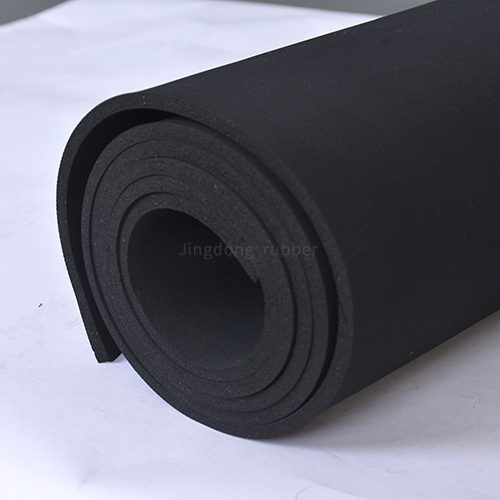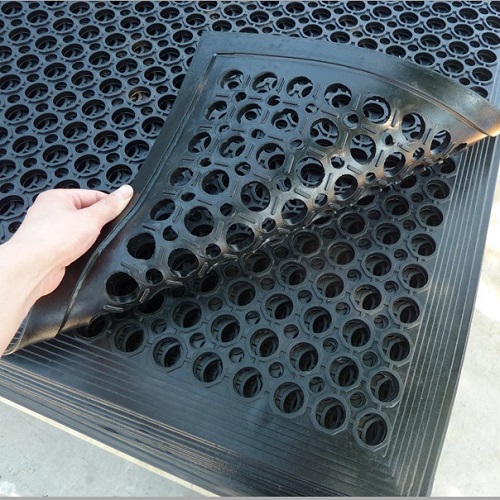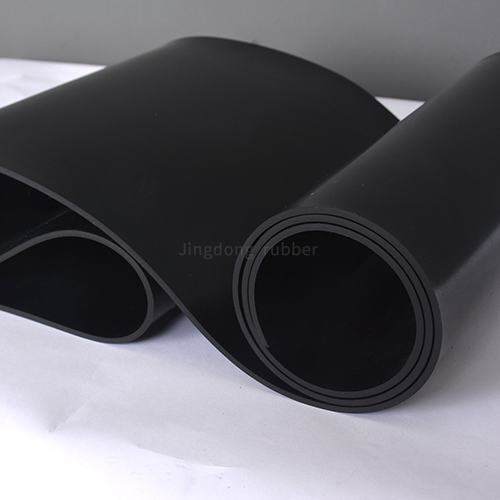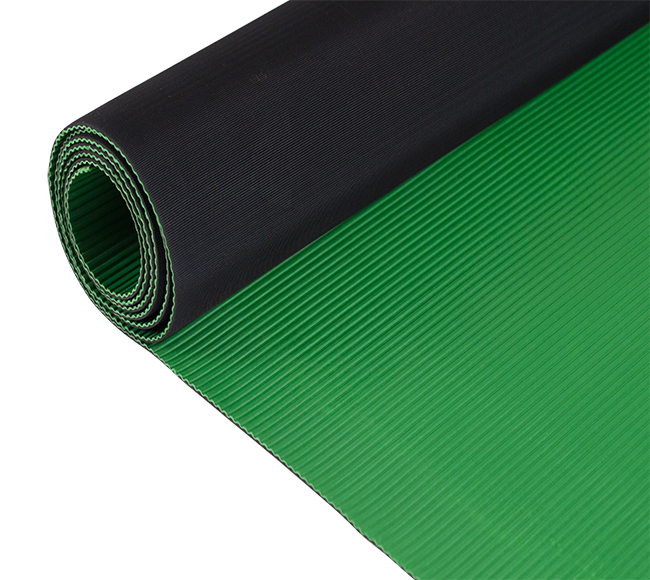Commercial Silicone Rubber Sheet
Commercial-grade silicone rubber sheet is a versatile and durable material widely used across numerous industries for its exceptional properties. As an experienced professional in materials and industrial applications, I will provide a comprehensive overview of this product, including detailed parameters, specifications, and answers to frequently asked questions. This information is designed to help you understand its capabilities and make informed decisions for your projects.
What is Commercial Silicone Rubber Sheet?
A Commercial Silicone Rubber Sheet is a high-performance elastomeric sheet made from silicone polymers, reinforced with fillers and additives to enhance strength, resilience, and resistance to extreme conditions. It is manufactured through processes like compression molding, extrusion, or calendering, resulting in sheets that offer excellent thermal stability, flexibility, and chemical resistance. These sheets are commonly utilized in gasketing, sealing, insulation, and protective applications in industries such as automotive, aerospace, electronics, food processing, and healthcare. Unlike standard rubber sheets, commercial silicone variants maintain their properties over a wide temperature range, from as low as -60°C (-76°F) to as high as 230°C (446°F), making them ideal for harsh environments.
The material is available in various grades, including general-purpose, high-temperature, flame-retardant, and FDA-compliant types, catering to specific industry needs. Its non-toxic, odorless, and hypoallergenic nature also makes it suitable for medical and food-contact applications. In this guide, we will delve into the key parameters, specifications, and common queries to help you select the right silicone rubber sheet for your requirements.
Key Parameters and Specifications
To ensure you choose the appropriate commercial silicone rubber sheet, it is essential to understand its critical parameters. Below, I have outlined the main characteristics in a list format for clarity, followed by a detailed table for easy comparison.
- Material Composition: Typically composed of silicone polymer (polydimethylsiloxane), reinforced with silica fillers, and may include additives for specific properties like flame resistance or conductivity.
- Hardness (Shore A): Measured on the Shore A scale, ranging from 20 (very soft) to 80 (firm). Common grades include 40, 50, 60, and 70 Shore A, affecting flexibility and compression set.
- Tensile Strength: Indicates the maximum stress the sheet can withstand while being stretched, typically between 500 psi and 1500 psi (3.45 MPa to 10.34 MPa), depending on the grade.
- Elongation at Break: The percentage increase in length before breaking, usually between 200% and 800%, reflecting the material's elasticity.
- Temperature Range: Operates effectively from -60°C to 230°C (-76°F to 446°F), with some high-temperature grades enduring up to 300°C (572°F) intermittently.
- Thickness: Available in standard thicknesses from 0.5 mm to 25 mm (0.02 inches to 1 inch), with custom options for specialized applications.
- Color Options: Commonly supplied in red, black, white, gray, and transparent variants, with custom colors achievable for branding or safety identification.
- Chemical Resistance: Resistant to water, ozone, UV light, and many chemicals, but may degrade in strong acids, alkalis, or solvents like ketones and hydrocarbons.
- Electrical Properties: Excellent insulator with high dielectric strength, typically ranging from 15 kV/mm to 25 kV/mm, suitable for electrical insulation applications.
- Flame Resistance: Some grades meet UL 94 V-0 standards for flame retardancy, reducing the risk of fire spread in critical environments.
- FDA Compliance: Select sheets are FDA-approved for food contact, ensuring safety in culinary or medical settings.
- Manufacturing Standards: Conforms to industry standards such as ASTM D2000, MIL-R-5847, or ISO 9001, guaranteeing quality and consistency.
| Parameter | Standard Range | Typical Values | Application Notes |
|---|---|---|---|
| Hardness (Shore A) | 20 - 80 | 40, 50, 60, 70 | Softer grades for sealing, harder for structural parts. |
| Tensile Strength | 500 - 1500 psi | 800 psi (5.52 MPa) | Higher values for heavy-duty mechanical applications. |
| Elongation at Break | 200% - 800% | 400% | Essential for flexible gaskets and dynamic seals. |
| Temperature Range | -60°C to 230°C | -40°C to 200°C | Wide range suits automotive and aerospace uses. |
| Thickness | 0.5 mm - 25 mm | 1 mm, 3 mm, 6 mm | Thinner for electronics, thicker for insulation. |
| Color | Red, Black, White, etc. | Red (standard) | Color coding for safety or aesthetic purposes. |
| Dielectric Strength | 15 - 25 kV/mm | 20 kV/mm | Critical for electrical insulation in power systems. |
| Flame Resistance | UL 94 V-0, HB | UL 94 V-0 | Used in buildings, transport for fire safety. |
| FDA Compliance | Yes/No | Yes (select grades) | For food processing, medical devices. |
This table summarizes the core specifications, but it's important to consult with suppliers for exact values based on your specific needs. Factors like environmental exposure, load conditions, and regulatory requirements should guide your selection.
Applications of Commercial Silicone Rubber Sheet
Commercial silicone rubber sheets are employed in a myriad of applications due to their robustness and adaptability. In the automotive industry, they serve as gaskets, seals, and vibration dampers in engines, transmissions, and exhaust systems, where temperature fluctuations and chemical exposure are common. The aerospace sector relies on them for insulation, sealing in aircraft windows, and protective covers, benefiting from their ability to withstand extreme altitudes and temperatures. In electronics, these sheets provide electrical insulation for components, circuit boards, and wiring, preventing short circuits and enhancing durability.
For food and beverage processing, FDA-compliant silicone sheets are used in conveyor belts, seals, and gaskets, ensuring hygiene and resistance to oils and sanitizers. The medical field utilizes them in devices like respiratory masks, surgical tools, and implants, thanks to their biocompatibility and sterilization capabilities (e.g., autoclaving). Additionally, in construction and industrial settings, they act as thermal barriers, fire stops, and protective linings, offering long-term performance under UV exposure and weathering. Their versatility also extends to DIY projects, such as crafting molds or heat-resistant pads, highlighting their broad utility.
Frequently Asked Questions (FAQ)
What is the maximum temperature a commercial silicone rubber sheet can handle?
Commercial silicone rubber sheets typically endure temperatures from -60°C to 230°C (-76°F to 446°F) continuously, with some high-performance grades rated for intermittent exposure up to 300°C (572°F). This makes them suitable for applications like oven gaskets, automotive engine components, and industrial heating systems. However, prolonged exposure beyond the recommended range may lead to hardening, cracking, or loss of elasticity, so it's crucial to select a grade matching your specific temperature requirements.
How do I choose the right hardness for my application?
Selecting the appropriate hardness depends on the application's demands. For sealing and gasketing, softer sheets (20-50 Shore A) offer better compression and conformity to irregular surfaces, ensuring effective seals. For structural parts or pads requiring durability and resistance to deformation, harder sheets (60-80 Shore A) are preferable. Consider factors like load, movement, and environmental conditions; for instance, in vibration damping, a medium hardness around 40-60 Shore A balances flexibility and strength. Consulting with a technical expert can help tailor the choice to your needs.
Are commercial silicone rubber sheets resistant to chemicals and oils?
Yes, commercial silicone rubber sheets generally exhibit good resistance to water, ozone, UV light, and many chemicals, including mild acids and bases. They also handle oils and greases well, making them ideal for automotive or machinery applications. However, they can degrade when exposed to concentrated acids, alkalis, or solvents like ketones, gasoline, and aromatic hydrocarbons. It's advisable to review chemical compatibility charts or conduct tests if your environment involves aggressive substances to ensure long-term performance.
Can silicone rubber sheets be customized in size and color?
Absolutely, manufacturers often provide customization options for size, thickness, color, and even specific properties like enhanced flame resistance or conductivity. Standard sheets are available in rolls or cut pieces, but you can request custom dimensions, perforations, or adhesion coatings. Colors beyond the standard red, black, or white can be produced for branding, safety coding, or aesthetic purposes. Ensure to discuss your requirements with the supplier to confirm feasibility, lead times, and any additional costs.
Is silicone rubber sheet safe for food contact and medical use?
Many commercial silicone rubber sheets are FDA-compliant and meet standards for food contact, as they are non-toxic, odorless, and resistant to bacterial growth. For medical applications, grades that are biocompatible and sterilizable (e.g., via autoclave, gamma radiation, or ETO) are available. Always verify certifications like USP Class VI or ISO 10993 for medical devices to ensure safety and regulatory compliance. Proper selection and testing are essential to avoid contamination or health risks.
How do I maintain and clean silicone rubber sheets?
Maintenance is straightforward due to the material's inherent durability. Clean sheets with mild soap and water, or use isopropyl alcohol for disinfecting, avoiding abrasive cleaners that could cause surface damage. For stubborn stains, a soft brush can be used. Store sheets in a cool, dry place away from direct sunlight or extreme temperatures to prevent premature aging. Regular inspections for cuts, tears, or hardening will help extend their lifespan, especially in high-stress applications.
What are the differences between silicone rubber and other rubber types?
Silicone rubber stands out for its wide temperature range, excellent weather resistance, and flexibility compared to materials like natural rubber, EPDM, or neoprene. While natural rubber offers high tensile strength, it degrades quickly under UV exposure and ozone. EPDM is good for weather resistance but has a lower temperature threshold. Neoprene provides oil resistance but may not handle extreme heat as well. Silicone's biocompatibility and electrical insulation properties further distinguish it, though it can be more expensive. Choosing based on application-specific needs is key.
Can silicone rubber sheets be used outdoors?
Yes, commercial silicone rubber sheets are highly suitable for outdoor use due to their excellent resistance to UV radiation, ozone, and weathering. They maintain elasticity and performance over time, unlike some rubbers that crack or degrade. Applications include outdoor seals, roofing membranes, and solar panel components. However, for prolonged exposure, ensure the sheet is rated for UV stability and consider protective coatings if in harsh environments to maximize durability.
- View as






